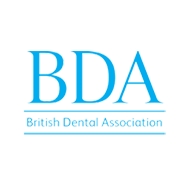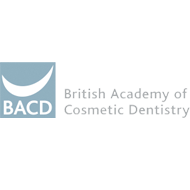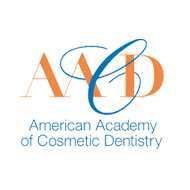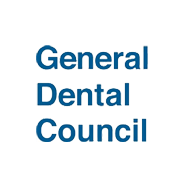Search the A-Z for the meaning of the word or simply to find out more about dental health.
There are currently 17 names in this directory beginning with the letter B.
Bacteraemia
A fever causing illness when bacteria are present in the blood stream. Of particular concern to patients who may have a heart condition or have suffered from rheumatic fever. Patients with a history of these conditions should be given antibiotics to prevent or control bacteraemia during dental procedures.
Bad Breath (halitosis)
An unpleasant smell expelled by the mouth. It often arises as a result of poor oral hygiene.
To eliminate bad breath a good oral healthcare routine is essential - regular toothbrushing and flossing - and visits to your dentist for regular check-ups.
Baking Soda-Bicarbonate of Soda
Baking Soda is used in a variety of household tasks particularly in cooking. It has a slightly alkaline reaction and is able to bring a near neutral balance pH to either acid or alkali solutions. It can deodorise many foul smelling compounds and will reduce mouth odour created by garlic. Used in toothpaste it has a cleaning effect and it leaves the mouth and gums feeling fresh and healthy. Mixed with a little table salt and brushed gently into the gums it will help to heal damaged tissues and dissolved in a little cold water will give a refreshing mouth rinse.
Bands
Retaining devices made of stainless steel which are bonded to teeth and which are then used to attach springs and hooks in order to move the teeth into line.
Elastic bands used to move teeth for orthodontic purposes, expanding retaining bands that are used to retain filling materials.
Bell's Palsy
A condition caused by the inflammation and swelling of the facial nerve that paralyses the facial muscles. It usually only affects one side of the face and it is very noticeable if the patient tries to smile or blink their eyelids. The onset of the paralysis is frequently associated with the patient having been exposed to a cold draught on the side of the face (for example driving with the car window open). Treatment is sometimes assisted with the use of anti-inflammatory agents such as cortisones. Many cases will return to normal after 4 to 6 weeks but it is important to seek medical advice in the beginning.
Bifurcation
Divided into two parts. It is applied to the junction area of nerve trunks, blood vessels, and the molar teeth where the root area divides into two or more roots.
Biopsy
The removal of a small piece of soft or hard tissue for microscopic examination. The operation is usually carried out under a local anaesthetic. The tissue is sent to a laboratory for cellular diagnosis. A specialist (histologist or pathologist) will study the cells under magnification and diagnose any abnormalities.
Blanch
The whitening of the tissues owing to a loss of blood in the area which gives rise to a pale or pallid appearance, often arising from fear or shock.
Bleaching
Bleaching is a method for lightening the colour of teeth and can be carried out as external or internal bleaching.
Block injection
Anaesthesia of a nerve trunk that covers a large area of the jaw. A mandibular block injection on one side produces numbness of half of the lower jaw, teeth, half the tongue and the lower lip.
Bonding
Bonding is a term used to describe a number of procedures that involve applying composite resins to the tooth. Composite resins are plastic materials made of micro particles of glass and resin. Bonding can be used to treat fractured, cracked or chipped teeth; badly stained teeth; or teeth that are loose. It is also used extensively in orthodontic treatment to attach the bands and springs that are used to change the positions of the teeth.
Braces
Appliances that are fitted to the teeth to improve their position and alignment. Braces are either fixed to the teeth by brackets that are bonded to the enamel surfaces or they are removable. Removable braces are wires and springs attached to a plastic resin base. Braces are also known as orthodontic appliances.
Bridge
A device used to span a gap left by a lost tooth [or teeth]. There are two types of bridge - conventional bridge and adhesive bridge.
Conventional bridge
- A false tooth is attached to a crown on one or both sides of a gap between teeth.
Adhesive Bridge
- A false tooth is attached to a wing of metal and then glued to the adjacent tooth.








